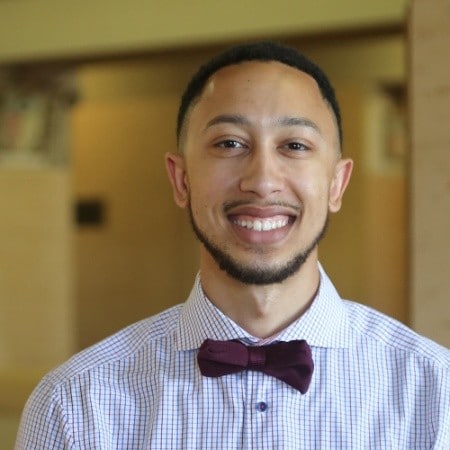Texas A&M gets innovative with 360° video
By Sharon Aschaiek | August 8, 2018
What’s the best way to engage prospective students? How can you provide them with a unique, dynamic and immersive experience that best represents your school’s brand? You can find inspiration for your university or college from Texas A&M University, which in recent years has significantly upped its marketing game through 360° videos.

“Prospective students want to study at a place where they can feel comfortable for four years, and the research shows one of the first things they do is go on Google Maps to see what your campus looks like, so 360° videos can help in that way,” says Dominique Benjamin, digital & social media coordinator, Enrollment & Academic Services, Texas A&M. “They Going are also a valuable tool for presenting an authentic view of campus, and for telling great stories.”
Expanding the campus tour
Texas A&M first began producing 360° content two years ago to showcase different aspects of its courses and classrooms that aren’t included on on-site campus tours. To attract the eyeballs of prospective students, it then mailed branded Google cardboard googles to 5,000 high schools across the U.S.
“As part of that project, we invited students to send us photos or snapchats of themselves experiencing the videos. To this day, I still receive photos,” says Dominique Benjamin, who recently presented on creating effective 360° content at the eduWeb Summit for higher education professionals.
Going global at 360°
Last year, for its Global Impact campaign, Texas A&M produced 13 360° videos demonstrating how the school is making an impact on communities worldwide. Equipped with a Nikon 360 camera, some members of the school’s marketing team embarked on a two-week trip around the globe to film these extraordinary stories of Texas A&M faculty, students and alumni. The goal was to provide an immersive brand experience to show how the school helps solve global challenges.
The resulting videos, featured on the school’s YouTube channel, they cover projects such as supporting the health of coral reefs in Palau, saving endangered macaws in the Amazon, and re-engineering the Panama Canal. This Sunday, on World Elephant Day, Texas A&M will release its next 360° video on Facebook, which will showcase a professor’s work in Botswana on elephant-human relations.
When Texas A&M debuted the videos at the 2017 South by Southwest conference for the interactive, film and music industries, allowing attendees to view them via Google Daydream googles, they created a lot of buzz.
“We were giving out free Google Cardboards, and the word on the floor was that we had the best giveaway,” Benjamin says. The experience led to thousands of quality brand interactions. As well, visitors inquired about contacting the researchers they learned about, student volunteers got job offers, and companies expressed interest in future partnerships with Texas A&M.
360° video how-to’s
Today, Benjamin and the team use a Go Pro Camera to create the school’s 360° videos. They aim for topics where people are in the centre of the action. They follow a 120° rule – there must be interesting content for viewers directly in front of them, as well as 120° to the left and 120° to the right of centre.
Videos are edited using Adobe Premiere software, though Benjamin says most other video editing software can do the job. For length, they have found that when using goggles, viewers will watch videos up to four minutes long. For YouTube and Facebook, they stick shorter lengths – 30 seconds to two minutes.
Benjamin says tracking the connection between their 360° content and admission queries or enrolment rates is tricky. But anecdotally, the videos attract a lot of likes and positive comments. The wow factor of these videos, he adds, can boost their traction on social media.
Pushing boundaries
This summer, Texas A&M supplied Go Pro cameras to some of its students participating in study-abroad trips in Europe. This student-filmed content will make up the next set of 360° videos.
Says Benjamin: “It’s about figuring out where the good stories are that lend themselves to this format, and running with it.”